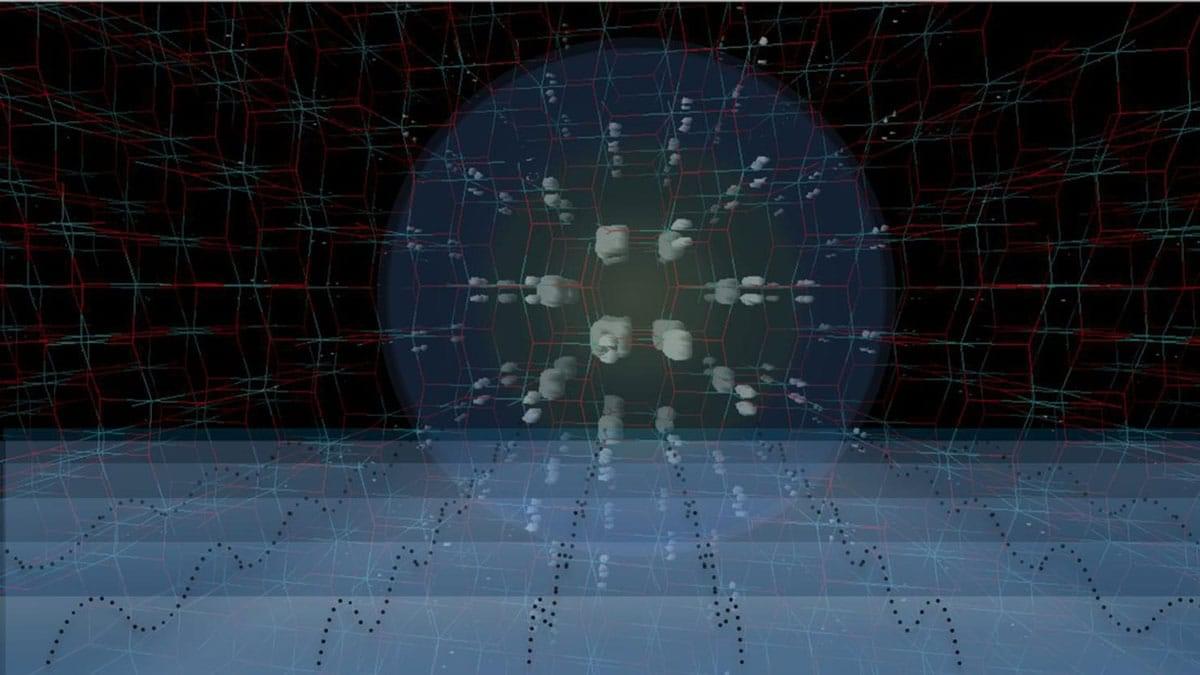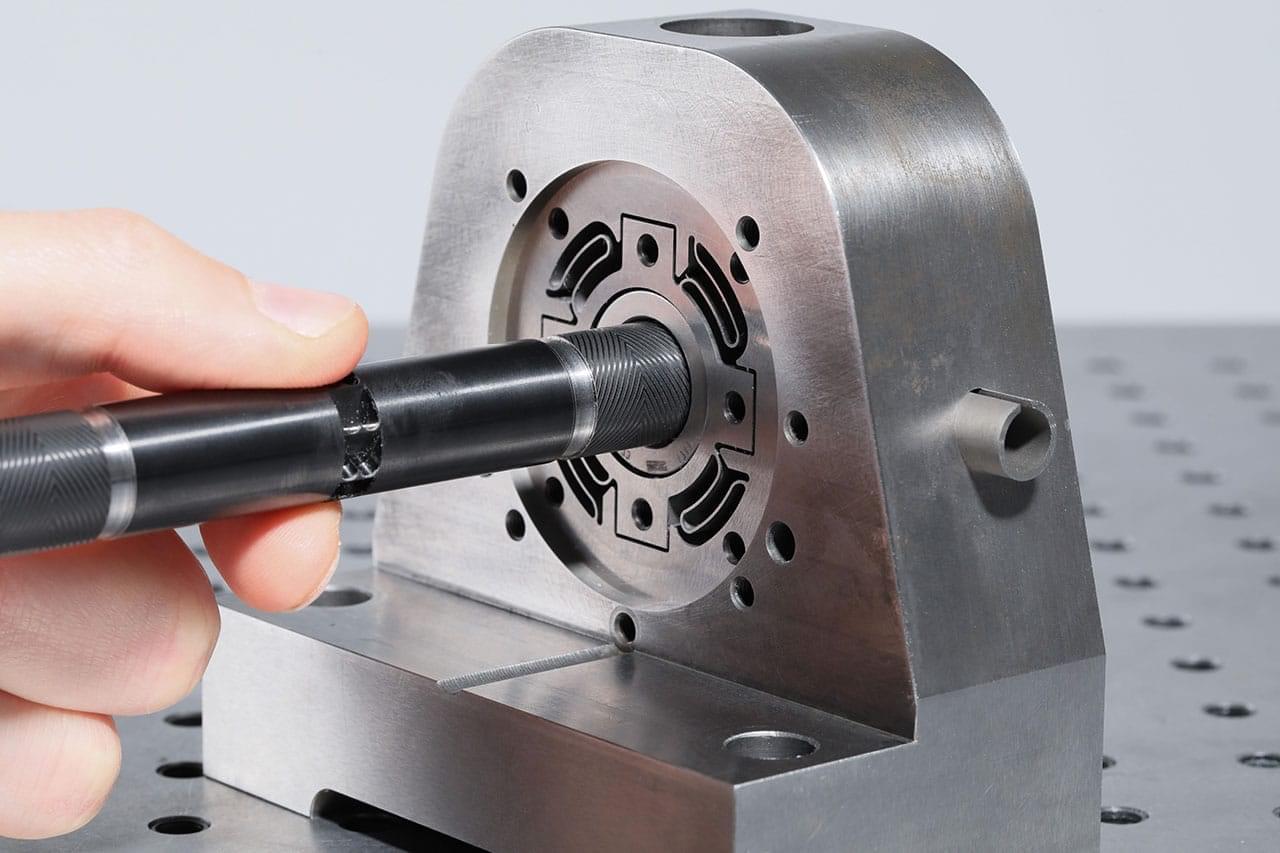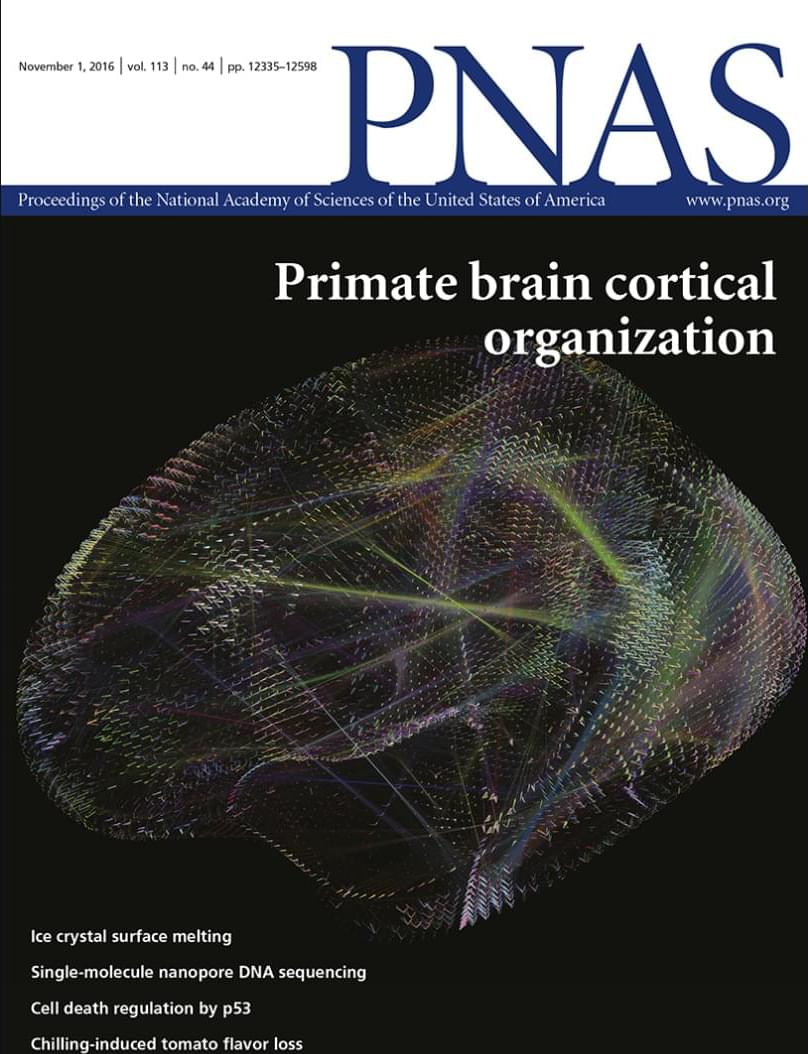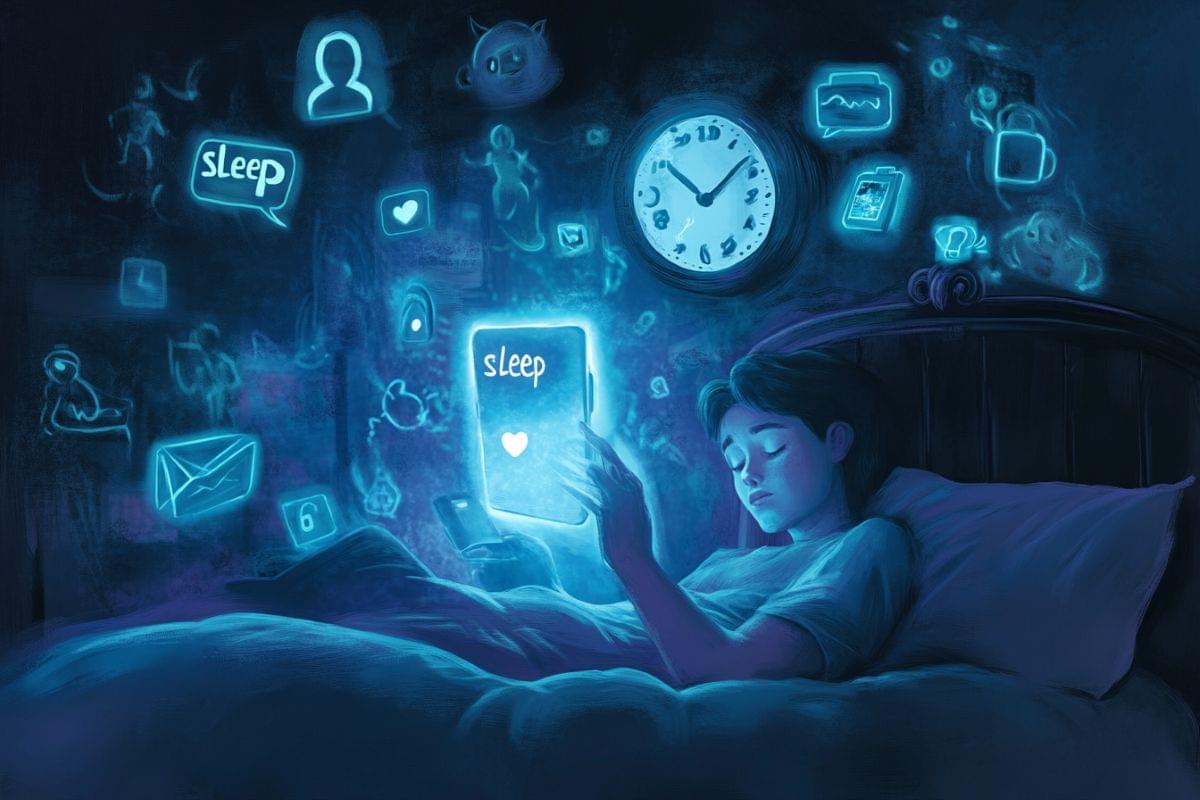However, moderately significant changes have only been achieved under equilibrium conditions and at low temperatures. Significant differences at ambient temperatures, which are essential for applications, have so far been lacking.
For the first-ever time in collaboration with the theory groups of Angel Rubio (Max-Planck Institute, Hamburg) and Pascal Ruello (Université de Le Mans), EPFL scientists were able to control the excitonic properties using acoustic waves.
Scientists launched a high-frequency, large-amplitude acoustic wave in a material using ultrashort laser pulses. Doing this allowed them to manipulate the exciton properties at high speed. This astounding outcome was reached on titanium dioxide at room temperature, a cheap and abundant semiconductor that is used in a wide variety of light-energy conversion technologies, for example, photovoltaics, photocatalysis, and transparent conductive substrates.





